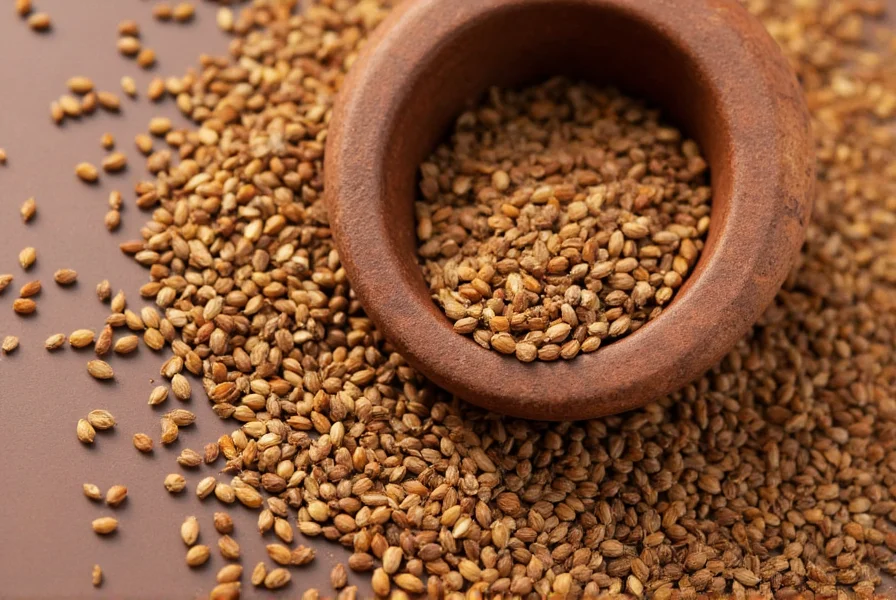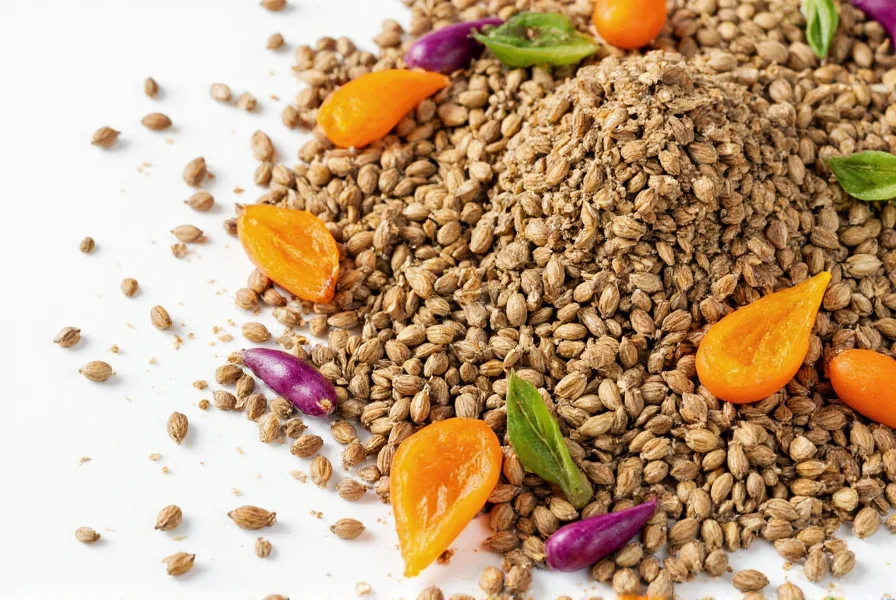Cumin (Cuminum cyminum) has been a kitchen staple for thousands of years across multiple continents. This small seed from the parsley family delivers a distinctive flavor profile that transforms ordinary dishes into aromatic culinary experiences. Understanding what is the spice cumin used for reveals why it remains one of the world's most popular spices.
The Culinary Powerhouse: Cumin in Cooking
Cumin's warm, earthy flavor with subtle citrus notes makes it indispensable in global cuisines. When properly toasted and ground, cumin releases essential oils that enhance both vegetarian and meat-based dishes. Professional chefs recognize that knowing how to use cumin in cooking properly can elevate simple ingredients into complex flavor experiences.

Global Cuisine Applications
Mexican cuisine relies on cumin for authentic chili, tacos, and enchilada sauces. Indian cooking features cumin in tempering oils for dals and curries. Middle Eastern dishes like falafel and hummus gain depth from cumin's distinctive flavor. Moroccan tagines and North African spice blends incorporate cumin as a foundational element.
When exploring common uses of cumin spice, note that whole seeds provide different flavor release than ground cumin. Whole seeds work best when toasted first to unlock their aromatic compounds, while ground cumin integrates more quickly into liquid-based dishes.
Flavor Pairing Guide
| Flavor Pairings | Best Cooking Methods | Dish Examples |
|---|---|---|
| Coriander, chili powder, garlic | Dry roasting before grinding | Chili con carne, fajitas |
| Turmeric, ginger, cardamom | Tempering in hot oil | Dals, vegetable curries |
| Lemon, parsley, garlic | Added to marinades | Grilled meats, roasted vegetables |
Health Benefits of Cumin: Beyond Flavor
Traditional medicine systems have valued cumin for digestive support for centuries. Modern research suggests potential health benefits of cumin spice including improved digestion, blood sugar regulation, and antioxidant properties. The spice contains significant amounts of iron, magnesium, and calcium.
Studies indicate that cumin may help reduce inflammation and improve cholesterol levels when consumed regularly as part of a balanced diet. However, these potential benefits come from culinary use rather than supplementation. Understanding what dishes use cumin spice traditionally reveals how cultures have incorporated its potential health properties into daily eating habits.

Practical Tips for Using Cumin
For maximum flavor impact when learning how to use cumin in cooking, toast whole seeds in a dry skillet over medium heat until fragrant (about 1-2 minutes). Cool before grinding for optimal aroma retention. Store both whole and ground cumin in airtight containers away from light and heat to preserve freshness.
When a recipe calls for ground cumin but you only have whole seeds, use this conversion: 1 teaspoon ground cumin equals approximately 1.5 teaspoons whole seeds. This knowledge of cumin spice culinary applications ensures proper flavor balance in your dishes.
Cultural Significance of Cumin
Archaeological evidence shows cumin use dating back to ancient Egypt, where it was found in 2000 BCE tombs. Roman cooks used cumin as a seasoning and preservative. In traditional Indian Ayurvedic medicine, cumin has been employed for digestive support for millennia. Exploring traditional uses of cumin in different cultures reveals its enduring culinary and medicinal importance across civilizations.
Frequently Asked Questions
What are the most common culinary uses of cumin?
Cumin is most commonly used in chili, curry dishes, taco seasoning, hummus, and various spice blends worldwide. It's essential in Mexican, Indian, Middle Eastern, and North African cuisines for seasoning meats, stews, and vegetable dishes. The spice works particularly well with lentils, beans, tomatoes, and roasted vegetables.
Can cumin help with digestion?
Yes, cumin has been traditionally used to support digestion. Some studies suggest that cumin may stimulate digestive enzymes and help reduce bloating. Many cultures consume cumin after meals for this purpose, often in the form of cumin tea or as part of spice blends in cooked dishes.
What's the difference between whole cumin seeds and ground cumin?
Whole cumin seeds retain their flavor longer and should be toasted before use to release maximum aroma. Ground cumin provides immediate flavor but loses potency faster. For best results, toast whole seeds and grind them fresh when possible. One teaspoon of ground cumin equals approximately 1.5 teaspoons of whole seeds.
What can I use if I don't have cumin?
Caraway seeds offer the closest flavor profile to cumin, though they're slightly sweeter. Coriander seeds provide a milder alternative. For Mexican dishes, a combination of coriander and chili powder works well. In Indian recipes, fennel seeds with a touch of turmeric can approximate cumin's earthy notes.
How should I store cumin to maintain freshness?
Store whole cumin seeds in an airtight container in a cool, dark place for up to 2 years. Ground cumin retains quality for about 6 months under the same conditions. For extended freshness, refrigerate both forms. Avoid storing near heat sources like stoves, as heat accelerates flavor loss in spices.











 浙公网安备
33010002000092号
浙公网安备
33010002000092号 浙B2-20120091-4
浙B2-20120091-4